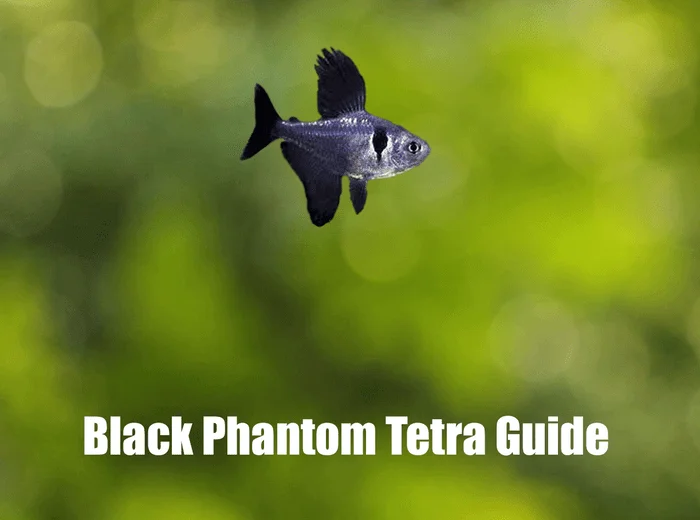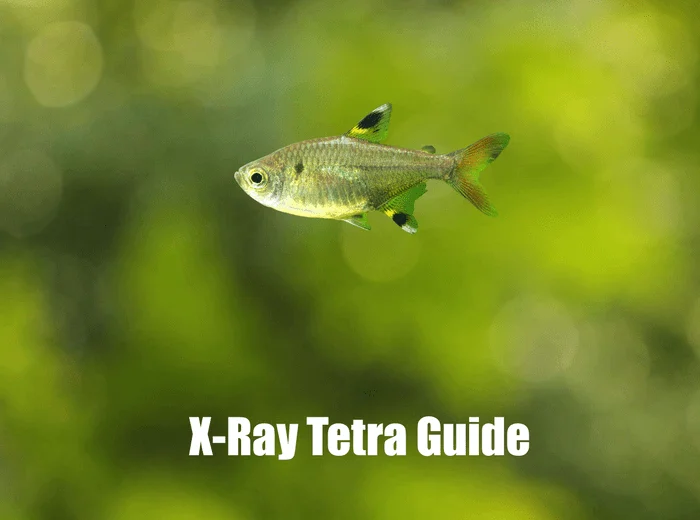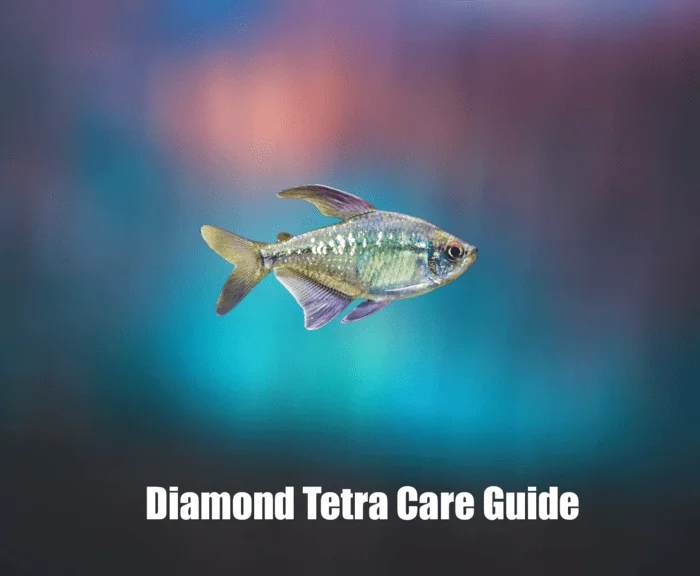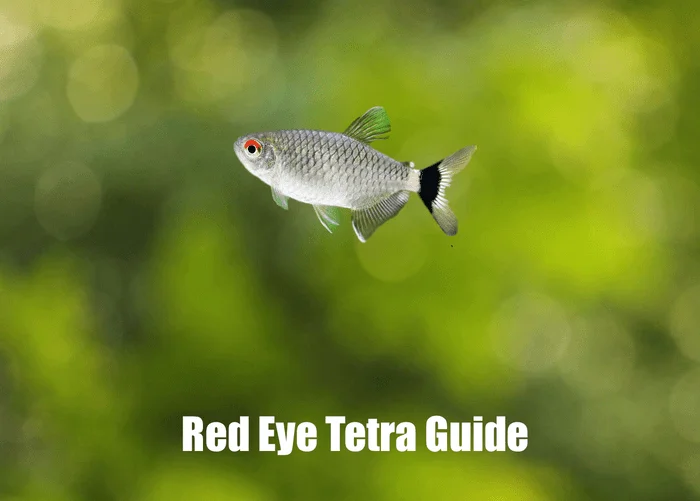Complete Care Guide for Serpae Tetra: Ensuring a Healthy and Vibrant Aquarium
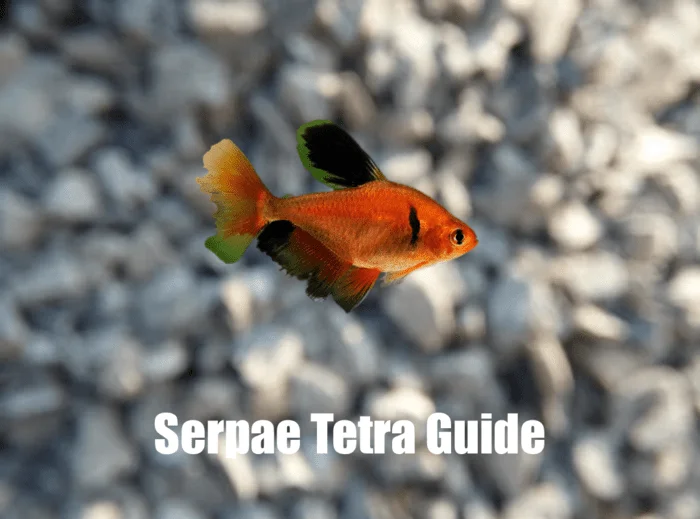
Introduction
If you’re considering adding Serpae Tetras to your aquarium or are looking for guidance on their care, this comprehensive guide is here to help. Serpae Tetras, known for their bright red color and energetic behavior, are a popular choice among freshwater aquarium enthusiasts. This guide covers all the necessary aspects of Serpae Tetra care, from setting up the right environment to ensuring proper nutrition.
Understanding Serpae Tetra
Origin and Characteristics
The Serpae Tetra, scientifically known as Hyphessobrycon eques, is a vibrant and popular freshwater fish in the aquarium hobby. Serpae Tetras are native to the Amazon River basins in Brazil, Peru, and Paraguay. They are typically found in slow-moving waters with dense vegetation. They are known for their striking red color, these fish have a compact, rounded body and a black spot on the dorsal fin. On average they grow to about 1.5-2 inches (3.8-5 cm) in length.
Behavior and Tank Mates
When choosing tank mates for Serpae Tetras, consider their slightly nippy nature and active swimming behavior. Here are some suitable companions:
- Other Tetras: Species like Black Skirt Tetras or Neon Tetras can be good companions, as they are also schooling fish.
- Barbs: Tiger Barbs or Cherry Barbs, which are active and can hold their own.
- Danios: Such as Zebra Danios, which are fast swimmers and less likely to be nipped.
- Corydoras Catfish: Peaceful bottom dwellers that generally stay out of the way of more active swimmers.
- Larger Characins: Larger, non-aggressive Characin species can be a good match.
- Loaches: Like Kuhli Loaches, which are peaceful and occupy different tank regions.
Avoid slow-moving or long-finned fish as they can be targets for fin-nipping. Always ensure a good match in terms of size, temperament, and water parameter requirements.. 🐠
Setting Up the Perfect Tank
Tank Size and Conditions
A 20-gallon tank or larger is recommended for a small school of Serpae Tetra but they will benefit from some more swimming room. Serpae Tetra thrive in specific water conditions that mimic their natural habitat. Maintaining ideal water parameters is the key to ensuring their health and well-being in a home aquarium. Here’s a breakdown of their ideal water conditions:
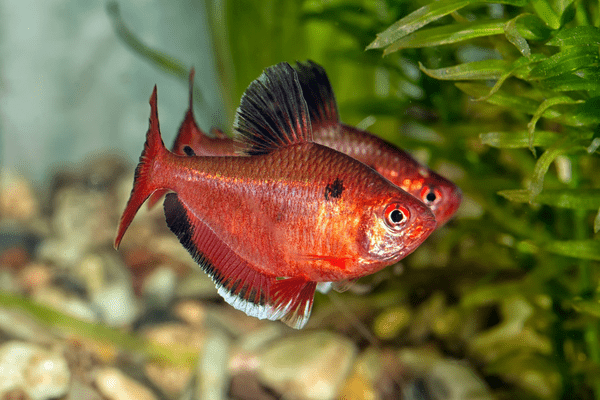
- Temperature: 72-79°F (22-26°C). This range is comfortable for them and supports healthy metabolic processes.
- pH Level: 5.0 to 7.5. Serpae Tetras prefer slightly acidic to neutral water conditions.
- Water Hardness: Up to 15 dGH. They can tolerate a range of water hardness, but they do best in soft to moderately hard water.
- Water Quality: Regular maintenance with partial water changes is crucial to keep the water clean and free from high levels of nitrates and ammonia.
- Nitrate Levels: Keeping nitrate levels low is important, as high levels can be harmful. Aim to keep nitrates below 20 ppm.
- Ammonia and Nitrite Levels: Both ammonia and nitrite should always be at 0 ppm. Even small amounts of these can be toxic to fish.
It’s important to use a reliable aquarium test kit to regularly monitor these water parameters. Sudden changes in water conditions can stress or harm your fish, so any adjustments should be made gradually. Maintaining stable water conditions is key to the health and longevity of your Serpae Tetra. 🌊
Lighting and Decor
- Moderate Lighting: Serpae Tetras prefer moderate lighting to mimic their natural, dimly-lit environment.
- Day/Night Cycle: Simulate natural light cycles with about 10-12 hours of light per day.
- Plants: Dense planting with species like Java Fern, Anubias, or floating plants to provide shade and hiding spots.
- Substrate: Soft, dark-colored substrate can be more comfortable and enhance their coloration.
- Hiding Places: Incorporate driftwood, rocks, and caves for shelter.
- Open Swimming Space: Ensure there is enough open space for swimming.
Diet and Nutrition
Feeding Habits
Serpae Tetra are omnivorous and can be fed the same diet as regular tetras. High-quality flake foods, along with occasional treats of live or frozen brine shrimp and bloodworms, will keep them healthy.
Feeding Schedule
Feed them small amounts once or twice a day, being careful not to overfeed.
Health and Wellness
Breeding Tips
Breeding Serpae Tetras requires specific conditions and care. Here are some tips:
- Set Up a Breeding Tank: Use soft, slightly acidic water (pH around 6.0-6.5) and a temperature of about 79-82°F (26-28°C). The tank should have dim lighting and be equipped with fine-leaved plants or a spawning mop.
- Condition the Breeders: Feed them high-quality foods like live or frozen brine shrimp to encourage spawning.
- Spawning Process: Introduce a small group to the breeding tank. The females will scatter eggs among the plants, which the males will fertilize.
- Post-Spawning Care: Remove the adults after spawning to prevent them from eating the eggs. The eggs usually hatch in 24-48 hours.
- Rearing Fry: Initially, feed the fry infusoria or liquid fry food, gradually moving to baby brine shrimp as they grow.
Regular water changes and stable conditions in the fry tank are crucial for the healthy development of the young fish.
Common Health Concerns
Serpae Tetra are susceptible to the same health issues as other tetras, such as ich and fungal infections. Proper tank management and water quality are crucial for their health. Learn more about taking care of your tank here.
Life Expectancy
With appropriate care, Serpae Tetras can live for several years, similar to their non-modified counterparts.
Conclusion
Serpae Tetra add a stunning, neon glow to any aquarium. By adhering to this care guide, you can ensure a healthy and mesmerizing display in your fish tank. Remember, the key to thriving Serpae Tetra is a well-maintained, stable environment.
Share Your GloFish Tetra Experiences
Do you have any stories or tips about Serpae Tetras? Share them in the comments below!
Help Others Discover This Guide
Navigate the Tetras in your tank with confidence. This guide is your pathway to creating a vibrant and healthy aquatic showcase. Enjoy the dazzling colors and lively nature of these unique fish!


